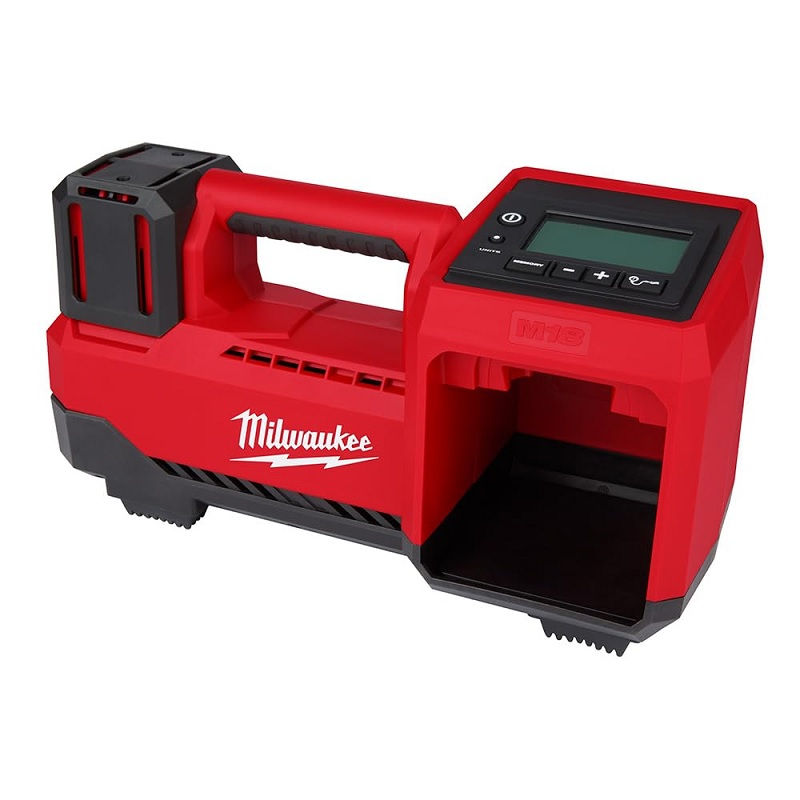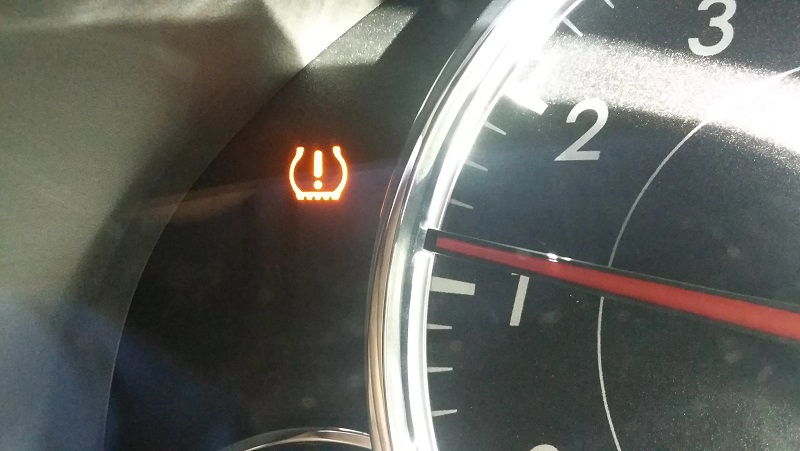This post contains affiliate links. This means I will make a commission at no extra cost to you should you click through and make a purchase [ “As an Amazon Associate, I earn from qualifying purchases.” ]. Read the full disclosure here.
Exclamation Point Dash Light GuideMechanic.Com Have you ever been driving along, minding your own business, when suddenly an exclamation point illuminates on your car’s dashboard? This little light can cause panic and confusion for many drivers, but fear not! In this comprehensive guide, we will unravel the mystery behind the exclamation point dash light and provide you with all the information you need to understand and troubleshoot it.
First and foremost, it’s important to understand that the exclamation point dash light is a warning indicator that something is amiss in your vehicle.
It serves as a signal from your car’s onboard diagnostics system, also known as the OBD, to alert you of potential issues that require attention.
While the exclamation point itself doesn’t provide specific details about the problem, it acts as a general warning sign that should not be ignored.
Exclamation Point Dash Light: Low Tire Pressure
The Importance of Proper Tire Pressure

If you spot the exclamation point dash light accompanied by an image of a tire, it signifies that your tire pressure is low. Maintaining proper tire pressure is crucial for several reasons.
See Also: Volkswagen Dashboard Symbols
Firstly, it ensures optimal handling and performance of your vehicle. When tire pressure is too low, it can negatively affect your car’s ability to grip the road, leading to decreased traction and compromised safety.
Secondly, proper tire pressure promotes fuel efficiency. Underinflated tires create more rolling resistance, causing your vehicle to work harder and consume more fuel.
Lastly, maintaining the correct tire pressure extends the lifespan of your tires, preventing premature wear and tear. It’s essential to check your tire pressure regularly and address any issues promptly.
How to Check Tire Pressure
Checking your tire pressure is a simple task that can be done at home or at a gas station. Start by locating the recommended tire pressure for your vehicle.
This information is typically found in your car’s owner’s manual or on a sticker inside the driver’s side door jamb.
Once you have the correct pressure, use a tire pressure gauge to measure the pressure in each tire. Unscrew the valve cap on the tire, firmly press the gauge onto the valve stem, and read the pressure on the gauge.
Compare the reading to the recommended pressure. If the pressure is below the recommended level, it’s time to add air to your tires.
Addressing Low Tire Pressure Issues
If you find that your tire pressure is low, it’s crucial to address the issue promptly. Begin by inflating your tires to the recommended pressure using an air compressor or gas station air pump.
Remember to check the pressure periodically as you inflate to avoid overinflating the tires. If you notice that one tire consistently loses pressure, it may indicate a puncture or leak.
In such cases, it’s best to have the tire inspected by a professional to determine the cause and carry out any necessary repairs.
Additionally, consider investing in a tire pressure monitoring system (TPMS) that can alert you to low tire pressure before it becomes a more significant problem.
Exclamation Point Dash Light: Brake System Issues
Common Brake System Issues

When the exclamation point dash light appears alongside the word “Brake,” it indicates a problem with your vehicle’s braking system.
The braking system is a critical component that ensures your safety on the road, so any issues should be taken seriously. Common brake system issues include worn brake pads, a malfunctioning anti-lock braking system (ABS), or brake fluid leaks.
Worn brake pads can lead to reduced braking performance and increased stopping distances, while a malfunctioning ABS can compromise your ability to maintain control during emergency braking situations.
Brake fluid leaks can result in a loss of hydraulic pressure, causing a soft or spongy brake pedal feel. It’s important to address any brake system issues promptly to maintain optimal braking performance.
Troubleshooting Brake System Issues
If you encounter a problem with your brake system, it’s crucial to identify the issue and take appropriate action.
Start by visually inspecting your brake system components, such as the brake pads, rotors, and calipers, for signs of wear or damage.
If you notice any abnormalities, such as uneven wear or excessive corrosion, it may be necessary to replace the affected parts.
See Also: Kia Sportage Dashboard Symbols
Additionally, check your brake fluid level and look for any signs of leaks. If the fluid level is low or you notice fluid pooling around the wheels, it’s essential to have the system inspected by a professional. They can diagnose the specific problem and recommend the necessary repairs or replacements.
Exclamation Point Dash Light: Engine Malfunction
Potential Causes of Engine Malfunction
Check out this Milwaukee M18 Inflator 2848-20

A flashing exclamation point dash light combined with the check engine symbol signifies an engine malfunction.
The check engine light can be triggered by a variety of issues, ranging from minor to more severe. Common causes include faulty sensors, such as the oxygen sensor or mass airflow sensor, a misfiring engine, a loose gas cap, or a malfunctioning catalytic converter.
It’s essential to address engine malfunctions promptly as they can impact fuel efficiency, performance, and even lead to further damage if left unresolved.
Diagnosing and Resolving Engine Malfunctions
When faced with an engine malfunction, it’s essential to diagnose the specific issue before attempting any repairs.
One way to obtain more information is by using an OBD-II scanner, which can read the diagnostic trouble codes (DTCs) stored in your vehicle’s computer.
These codes provide valuable insights into the source of the problem, narrowing down the potential causes. Once you have identified the specific issue, you can then take appropriate action.
For minor issues, such as a loose gas cap or a faulty sensor, you may be able to resolve the problem yourself.
However, for more complex issues or if you are unsure of the required repairs, it’s best to seek the assistance of a qualified mechanic.
Exclamation Point Dash Light: Battery Problems
Common Battery Problems
If the exclamation point dash light appears alongside a battery symbol, it indicates that there is an issue with your vehicle’s battery or charging system.
The battery plays a vital role in starting your car and powering various electrical components. Common battery problems include a dead battery, a faulty alternator, or corroded battery terminals.
A dead battery can occur due to leaving lights or accessories on when the engine is not running or as a result of a failing battery.
A faulty alternator can prevent the battery from charging properly, leading to repeated battery failures. Corroded battery terminals can inhibit the flow of electricity, causing starting issues or intermittent electrical problems.
Troubleshooting Battery Problems
If you suspect a battery problem, there are several steps you can take to troubleshoot the issue. Start by checking the battery terminals for corrosion or loose connections.
If you notice corrosion, clean the terminals using a mixture of baking soda and water and a wire brush. Ensure that the connections are tight and secure.
Next, test the battery voltage using a multimeter. A fully charged battery should read around 12.6 volts. If the voltage is significantly lower, it may indicate a weak or failing battery.
In such cases, it’s advisable to have the battery tested by a professional to determine if it needs to be replaced.
Additionally, if you suspect a faulty alternator, you can test it by measuring the voltage across the battery terminals while the engine is running.
The voltage should read around 13.5 to 14.5 volts. If the voltage is significantly lower, it may indicate a problem with the alternator.
Exclamation Point Dash Light: Overheating Engine
Potential Causes of Engine Overheating
When the exclamation point dash light illuminates alongside a thermometer symbol, it signifies that your engine is overheating.
Engine overheating can occur due to a variety of reasons, each requiring different troubleshooting steps. Common causes include coolant leaks, a malfunctioning thermostat, a faulty radiator fan, or a failing water pump.
It’s important to address engine overheating promptly as it can lead to severe engine damage if left unchecked.
Troubleshooting Engine Overheating
If you notice that your engine is overheating, it’s crucial to take immediate action to prevent further damage. Start by pulling over to a safe location and turning off the engine.
See Also: O2 Sensor Check Engine Light
Allow the engine to cool down before attempting any troubleshooting steps. Once the engine has cooled, check the coolant level in the radiator or overflow tank. If the coolant level is low, it may indicate a leak.
Inspect the hoses and radiator for any signs of leaks or damage. If you notice a leak, it’s crucial to have it repaired as soon as possible.
Additionally, check the operation of the radiator fan by turning on the air conditioning. The fan should engage and start running.
If it does not, it may indicate a problem with the fan motor or the fan relay. In such cases, it’s best to have the cooling system inspected by a professional to diagnose and resolve the issue.
Exclamation Point Dash Light: Transmission Troubles
Common Transmission Issues
An exclamation point dash light accompanied by the word “Transmission” indicates a problem with your vehicle’s transmission system.
The transmission is responsible for transferring power from the engine to the wheels, allowing your vehicle to change gears smoothly.
Common transmission issues include slipping gears, delayed or rough shifting, or a failing clutch. A slipping transmission can cause a loss of power or difficulty maintaining speed, while delayed or rough shifting can result in jerky movements or hesitation during gear changes.
A failing clutch can lead to difficulty engaging gears or a slipping clutch,which can cause a lack of power transfer to the wheels.
Troubleshooting Transmission Issues
If you suspect a problem with your transmission, it’s important to address it promptly to avoid further damage. Start by checking the transmission fluid level and condition.
Low fluid levels or dirty, burnt-smelling fluid can indicate a problem with the transmission. If the fluid level is low, it’s essential to add the recommended type of transmission fluid to the appropriate level.
However, if the fluid is dirty or burnt, it may be necessary to have the transmission serviced by a professional. Additionally, if you experience slipping gears or rough shifting, it may be due to a failing clutch or worn-out transmission components.
In such cases, it’s best to have the transmission inspected by a qualified mechanic who can diagnose the specific issue and recommend the necessary repairs or replacements.
Exclamation Point Dash Light: Faulty Lights or Bulbs
Common Lighting Issues
If the exclamation point dash light appears alongside an image of a bulb or headlight, it suggests that there is a problem with your vehicle’s lights.
Properly functioning lights are crucial for visibility and safety on the road, so any lighting issues should be addressed promptly.
Common lighting issues include burnt-out bulbs, faulty wiring, or a malfunctioning control module. Burnt-out bulbs can be easily identified by visually inspecting the lights.
Faulty wiring or a malfunctioning control module may require a more in-depth inspection to diagnose and resolve.
Troubleshooting Lighting Issues
If you have a lighting issue, start by visually inspecting the affected lights to check for any burnt-out bulbs. If you find a burnt-out bulb, replace it with a new one of the correct type.
If the issue persists after replacing the bulb, it may indicate a problem with the wiring or control module. In such cases, it’s best to have the electrical system inspected by a professional.
They can use specialized tools and equipment to diagnose the issue and carry out any necessary repairs. It’s important to address lighting issues promptly to ensure optimal visibility and safety on the road.
Exclamation Point Dash Light: Faulty Fuel System
Potential Fuel System Issues
When the exclamation point dash light illuminates alongside a fuel pump symbol, it indicates a problem with your vehicle’s fuel system.
The fuel system is responsible for delivering fuel to the engine for combustion. Common fuel system issues include a clogged fuel filter, a malfunctioning fuel pump, or a faulty fuel pressure regulator.
A clogged fuel filter can restrict fuel flow, leading to poor engine performance or stalling. A malfunctioning fuel pump can result in a lack of fuel delivery, causing the engine to sputter or not start at all.
A faulty fuel pressure regulator can lead to inconsistent fuel pressure, affecting engine performance and fuel economy.
Troubleshooting Fuel System Issues
If you suspect a problem with your fuel system, there are several steps you can take to troubleshoot the issue. Start by checking the fuel filter for any signs of clogging or restriction.
If the filter appears dirty or clogged, it’s necessary to replace it with a new one. Additionally, listen for any unusual noises coming from the fuel tank area while the engine is running.
A whining or buzzing sound may indicate a failing fuel pump. If you suspect a faulty fuel pump, it’s advisable to have it tested by a professional using specialized equipment.
They can determine if the fuel pump is delivering the correct fuel pressure and recommend any necessary repairs or replacements. It’s crucial to address fuel system issues promptly to ensure proper fuel delivery and engine performance.
Exclamation Point Dash Light: Faulty Steering System
Common Steering System Issues
If the exclamation point dash light appears alongside the word “Steering,” it suggests a problem with your vehicle’s steering system.
The steering system is responsible for allowing you to control the direction of your vehicle. Common steering system issues include a malfunctioning power steering pump, worn-out steering components, or a loose steering belt.
A malfunctioning power steering pump can result in difficulty turning the steering wheel or a lack of power assistance. Worn-out steering components, such as tie rods or ball joints, can cause excessive play in the steering, leading to poor handling or uneven tire wear. A loose steering belt can result in squealing noises or difficulty in steering.
Troubleshooting Steering System Issues
If you encounter a problem with your steering system, it’s crucial to diagnose the specific issue before attempting any repairs. Start by checking the power steering fluid level and condition.
Low fluid levels or dirty, contaminated fluid can impact the performance of the power steering system. If the fluid level is low, it’s necessary to add the recommended type of power steering fluid to the appropriate level.
However, if the fluid is dirty or contaminated, it may be necessary to have the power steering system flushed and refilled by a professional. Additionally, visually inspect the steering components for any signs of wear or damage.
See Also: Airbag Warning Light Meaning
If you notice any abnormalities, such as loose or worn-out parts, it’s essential to have them replaced to ensure proper steering functionality.
In cases where the steering belt appears loose or worn, it may require adjustment or replacement. It’s best to consult a qualified mechanic for assistance in diagnosing and resolving steering system issues.
Exclamation Point Dash Light: Other Miscellaneous Issues
Less Common Issues
In this final section, we will cover miscellaneous issues that can trigger the exclamation point dash light. These issues are less common but still important to be aware of.
Examples include a faulty airbag system, a loose gas cap, or a malfunctioning traction control system. A faulty airbag system may prevent the airbags from deploying in the event of a collision, compromising occupant safety.
A loose gas cap can lead to fuel evaporation and trigger the check engine light. A malfunctioning traction control system can result in reduced traction and stability during acceleration or in slippery conditions.
Troubleshooting Miscellaneous Issues
If you encounter one of these less common issues, it’s important to address it promptly to ensure the safety and proper functioning of your vehicle.
For a faulty airbag system, it’s best to have the system inspected and repaired by a professional who has the necessary knowledge and equipment.
If you suspect a loose gas cap, simply tightening it securely may resolve the issue. However, if the check engine light persists, it’s advisable to have the vehicle’s computer scanned for any diagnostic trouble codes (DTCs) to identify the specific problem.
A malfunctioning traction control system may require a professional diagnosis and repair to restore proper functionality.
It’s essential to consult with a qualified mechanic or dealership for assistance in troubleshooting and resolving these less common issues.
In conclusion, the exclamation point dash light serves as a valuable warning indicator that should not be ignored.
By understanding the potential causes behind this light and knowing how to troubleshoot them, you can ensure the safety and longevity of your vehicle.
Remember, if you are unsure about any issue or lack the necessary skills, it is always wise to consult a professional mechanic for assistance. Safe travels!
See Also: Toyota Camry Dashboard Lights
Related video of The Exclamation Point Dash Light: What Does It Mean and How to Troubleshoot
- Wynn’s Catalytic Converter Cleaner 325ml - April 17, 2025
- How to Use Catalytic Converter Cleaner - April 16, 2025
- Dura Lube Catalytic Converter Cleaner: Does It Work? - April 15, 2025

